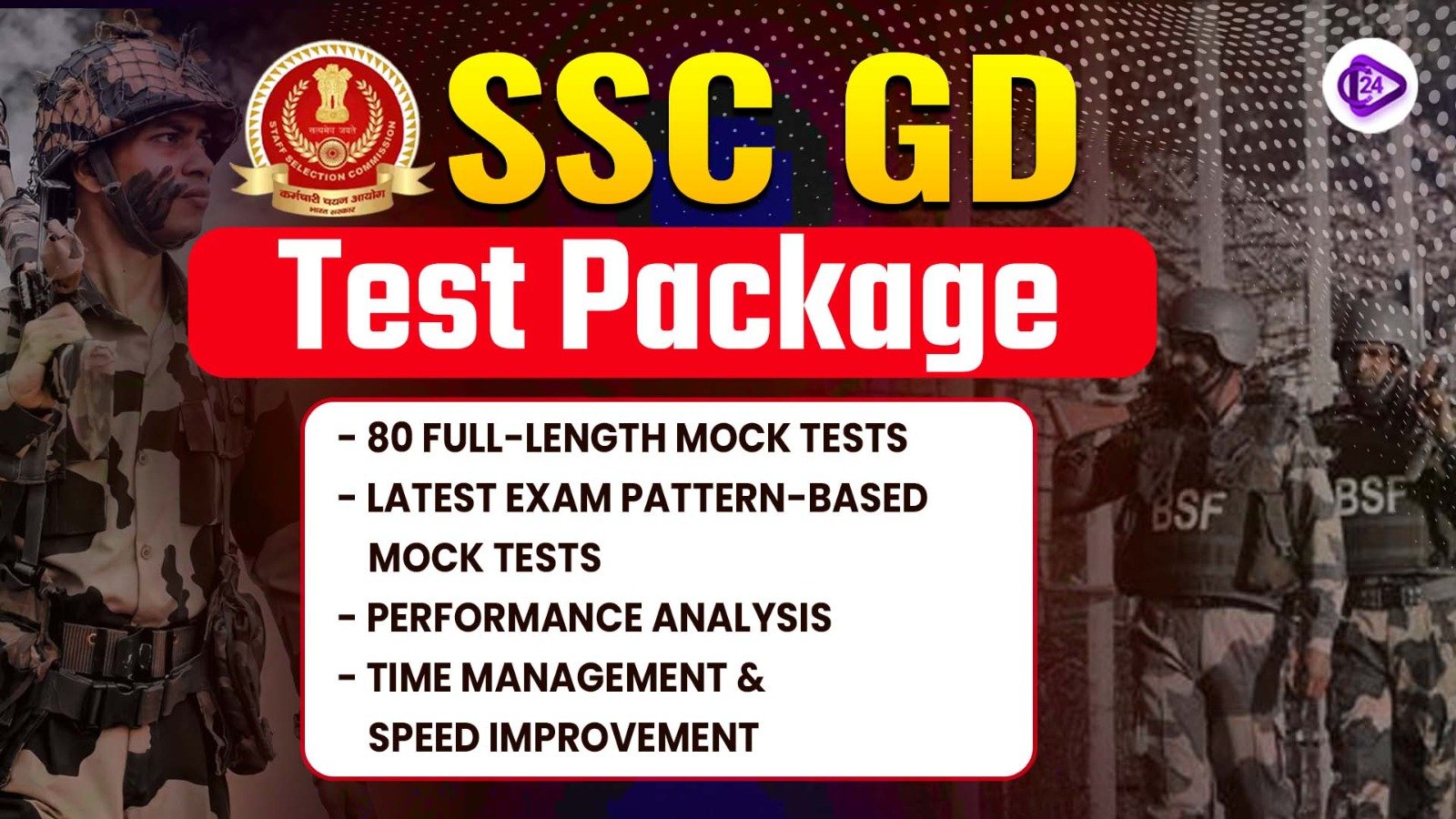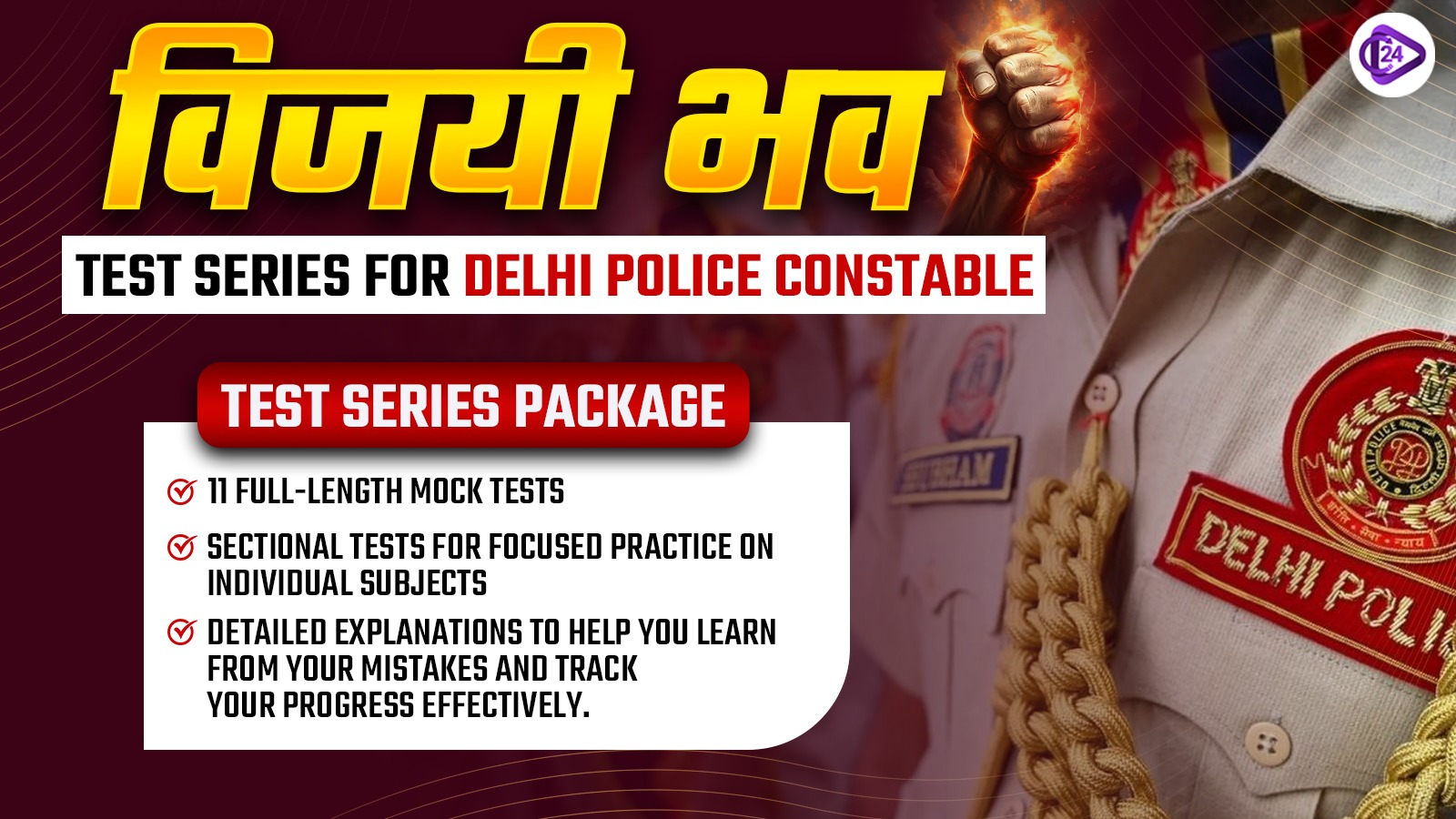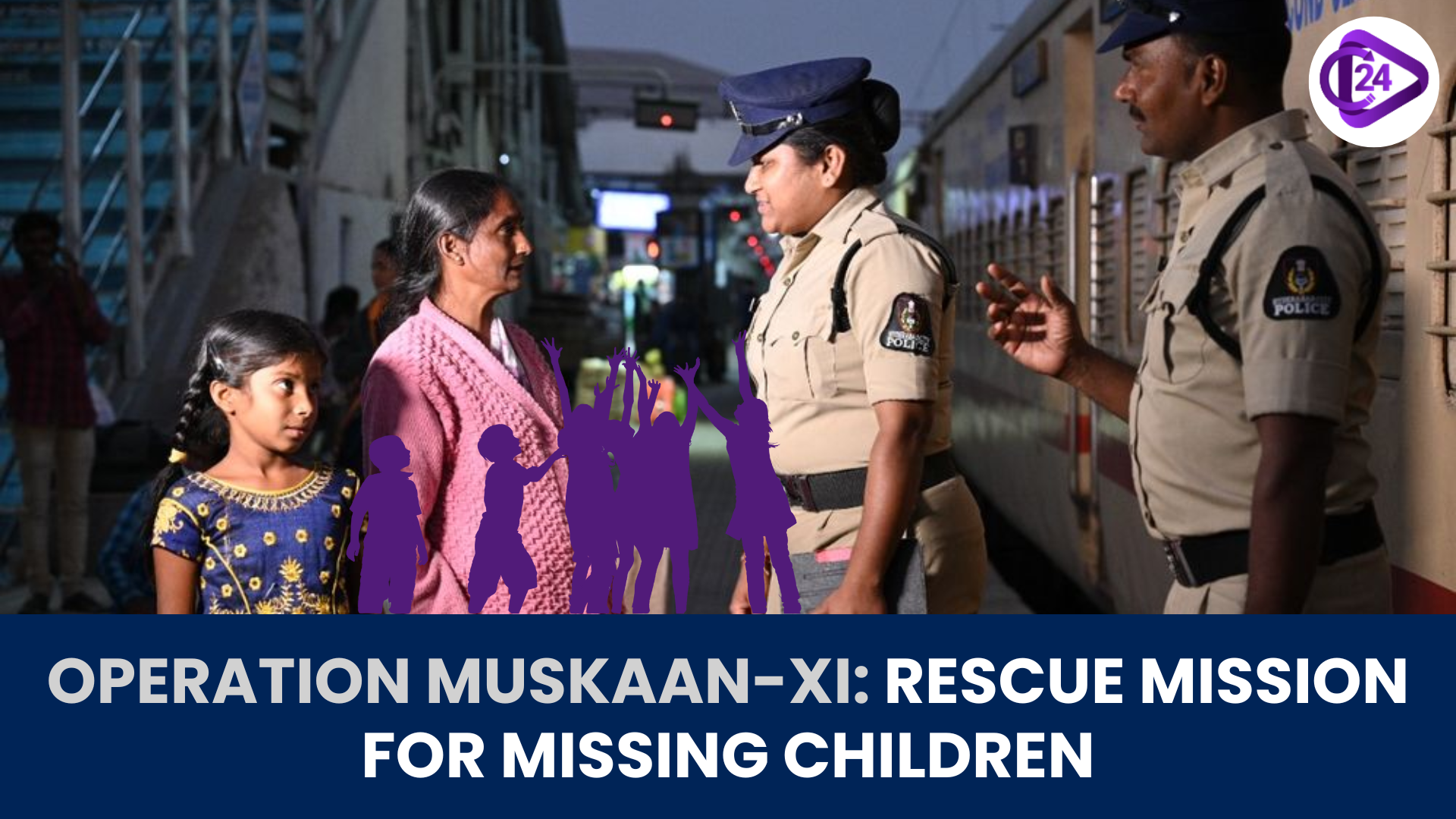
Its struggle against child-trafficking, forced labour and exploitation saw a major boost when the Ministry of Home Affairs (MHA) came out with an operation named Muskaan. Operation Muskaan-XI, which is now in its 11 th year, led by the Telangana Police has untied over 7,600 children out of vulnerable situations and this depicts how inter-agency coordination has helped in the protection of children.
Context
-
Operation Muskaan-XI, the 11 th edition that is being conducted by the Telangana Police has rescued more than 7,600 children out of a vulnerable situation, proving that harmony among the agencies can be extremely strong in child protection.
Key points
What is Operation Muskaan?
-
Operation Muskaan (also called Operation Smile) is a national program that aims at tracing, rescuing and rehabilitating missing, trafficked or exploited children in India.
History of the Initiative
-
Initiated in 2014 as a local project of Ghaziabad Police to trace lost children.
-
This was subsequently stepped up to a national agitation by the Ministry of Home Affairs (MHA).
Alternate Name
-
Also known as Operation Smile in some states, but both aim at the same goal—rescuing children in distress.
Main Objective
-
To rescue and reform:
-
Missing children
-
Victims of child trafficking
-
Child laborers
-
Children were put at work as beggars, house helps, or exploited sexually.
-
Duration
-
It is conducted as a specially dedicated month-long drive which is generally done in the month of July each year.
Stakeholders Involved
-
Operation Muskaan is an inter-agency initiative and consists of:
-
Police and Anti-Human Trafficking Units (AHTU)
-
Ministry of Women and Child Development (WCD)
-
Child Welfare Committees (CWCs)
-
State Juvenile Police Units (SJPU)
-
National Commission of Protection of Child rights (NCPCR)
-
Non-Governmental Organizations (NGOs)
-
Labour Departments
-
How Does It Work?
-
The special teams find the vulnerable places which include the railway stations, bus stands, slums and factories etc.
-
Begun children are rescued.
-
Documented
-
Medical care was furnished
-
Linked to child welfare services
-
To be reunited with their families or in rehabilitation homes
Exercise Muskaan-XI: Salient Details
-
Carried out by Women Safety Wing of Telangana Police (July 2025)
-
More than 7,600 children were rescued.
-
529 girls
-
More than 3,700 children in other states (Odisha, Bihar, MP, Rajasthan)
-
4 children from Nepal
-
-
The number of victims of child labour was 6,700
-
More than 1,700 FIRs have been lodged and over 1,700 are issues with arrests
-
Facilitated with women and child development, labour, health, and NGOs
Legal and Policy Framework Supporting Operation Muskaan
|
Law/Policy |
Role in Operation Muskaan |
|
Juvenile Justice (Care & Protection) Act, 2015 |
Provides for rescue, protection, and rehabilitation of children in need |
|
POCSO Act, 2012 |
Handles cases of sexual exploitation discovered during rescue |
|
Child Labour (Prohibition & Regulation) Act, 1986 |
Enables legal action against child labour violations |
|
Integrated Child Protection Scheme (ICPS) |
Framework for inter-agency coordination and long-term rehabilitation |
|
CrPC & IPC Sections |
Used for registering FIRs and prosecution of traffickers and exploiters |
Goals of Operation Muskaan
-
Identification and rescue: Attention should be paid to those children who are involved in child labour, begging, or are in dark conditions.
-
Rehabilitation and Repatriation: Support the process of going back to families or institutions of the state and entrance to schools or bridge programs.
-
Capacity building: Police training, Child welfare officer training and NGO training.
-
Data Sharing: TrackChild portal and CCTNS integration.
-
Community Awareness: Making of information using the mass media in order to solicit cooperation among the population.
Impact and Achievements (National Level)
|
Year |
Children Rescued |
|
2015 |
19,195 |
|
2016 |
12,233 |
|
2025 (Telangana only) |
7,600+ |
-
Rehabilitation Success: In 2025, over 6500 children get back to their families
-
Educational Enrollment: 2,600+ kids of Urban Bridge School Network
-
Labour Department Action: Fines worth ₹46+ lakh imposed under the Minimum Wages Act
Challenges in Implementation
|
Challenge |
Description |
|
Identification of Asymptomatic Victims |
Many children appear "voluntarily" employed due to economic pressures |
|
Inter-State Coordination |
Children from different states require cooperation among various agencies |
|
Rehabilitation Infrastructure |
Shortage of shelter homes, counsellors, and educational facilities |
|
Judicial Delay |
FIRs and legal action often result in prolonged trials |
|
Poverty and Migration |
Structural factors that push children into labour and trafficking |
Way Forward
-
Institutional Strengthening
-
Empower Special Juvenile Police Units (SJPU) and Child Welfare Committees (CWC).
-
Play greater resources under Mission Vatsalya and ICPS.
-
-
Technology Integration
-
Increase the application of AI, facial recognition, and real-time sharing of information through the TrackChild portal.
-
-
Community Engagement
-
Carry out awareness campaigns in risk prone places and get Anganwadi and ASHA workers as well as school teachers involved.
-
-
Cross-border Protocols
-
Come up with a system through Nepal and Bangladesh, to take back the rescued children of foreign origin, very fast.
-
-
Judicial Reforms
-
Expedite child issues, and victim-centered legal services.
-
-
Follow-up
-
Follow up after the rescue so that children do not fall into exploitation.
-
Conclusion
Operation Muskaan is the demonstration of how child rights and cooperation between federalism in India works. The fact that more than 7,600 children have been saved in Telangana alone speaks to the proportions of the crisis, and to the effectiveness of specific intervention. It is good to save but it is necessary to rehabilitate, reintegrate and to implement reforms in systems so that the saving continues.



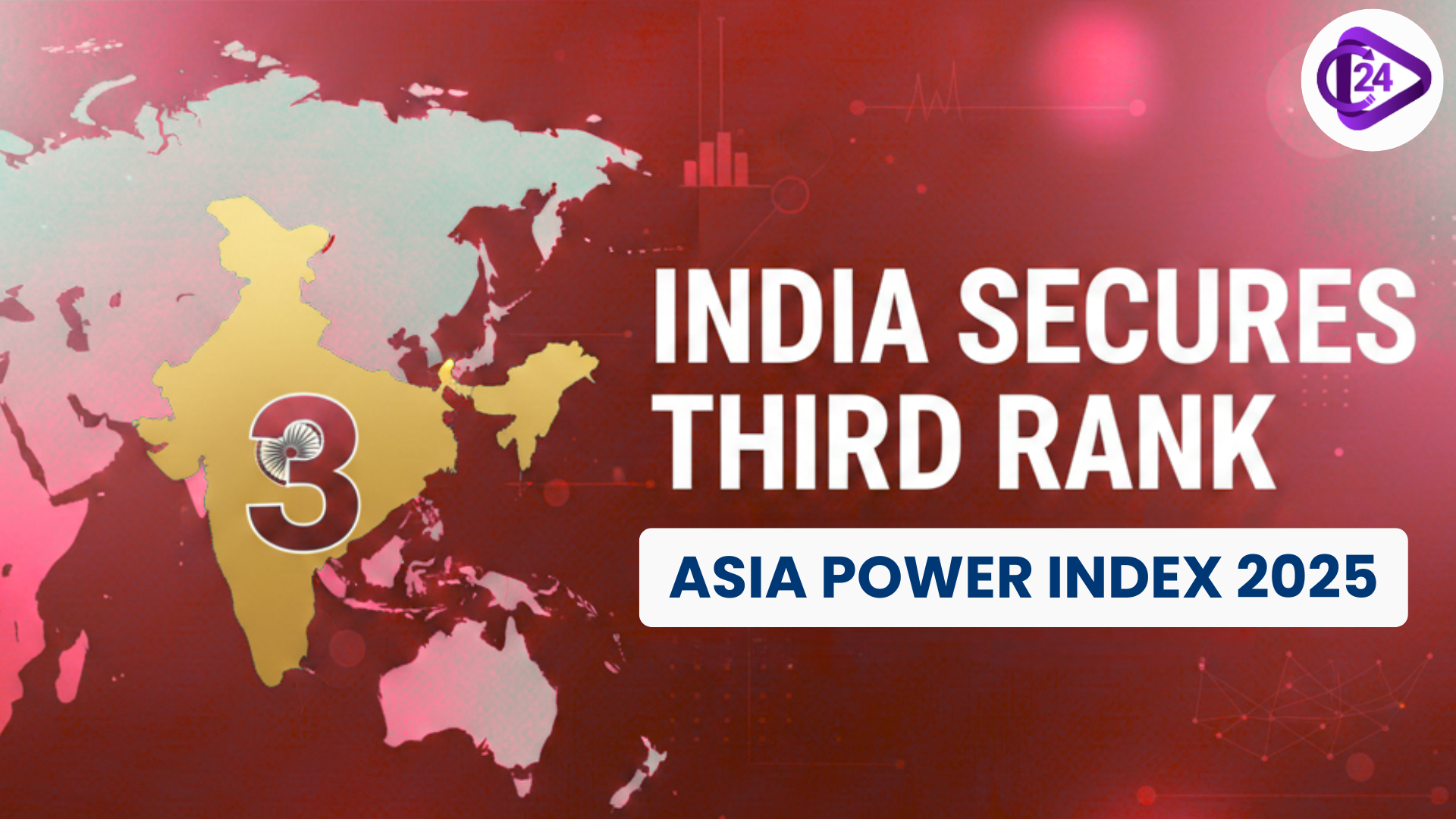 India Secures Third Rank in Asia Power Index 2025
India Secures Third Rank in Asia Power Index 2025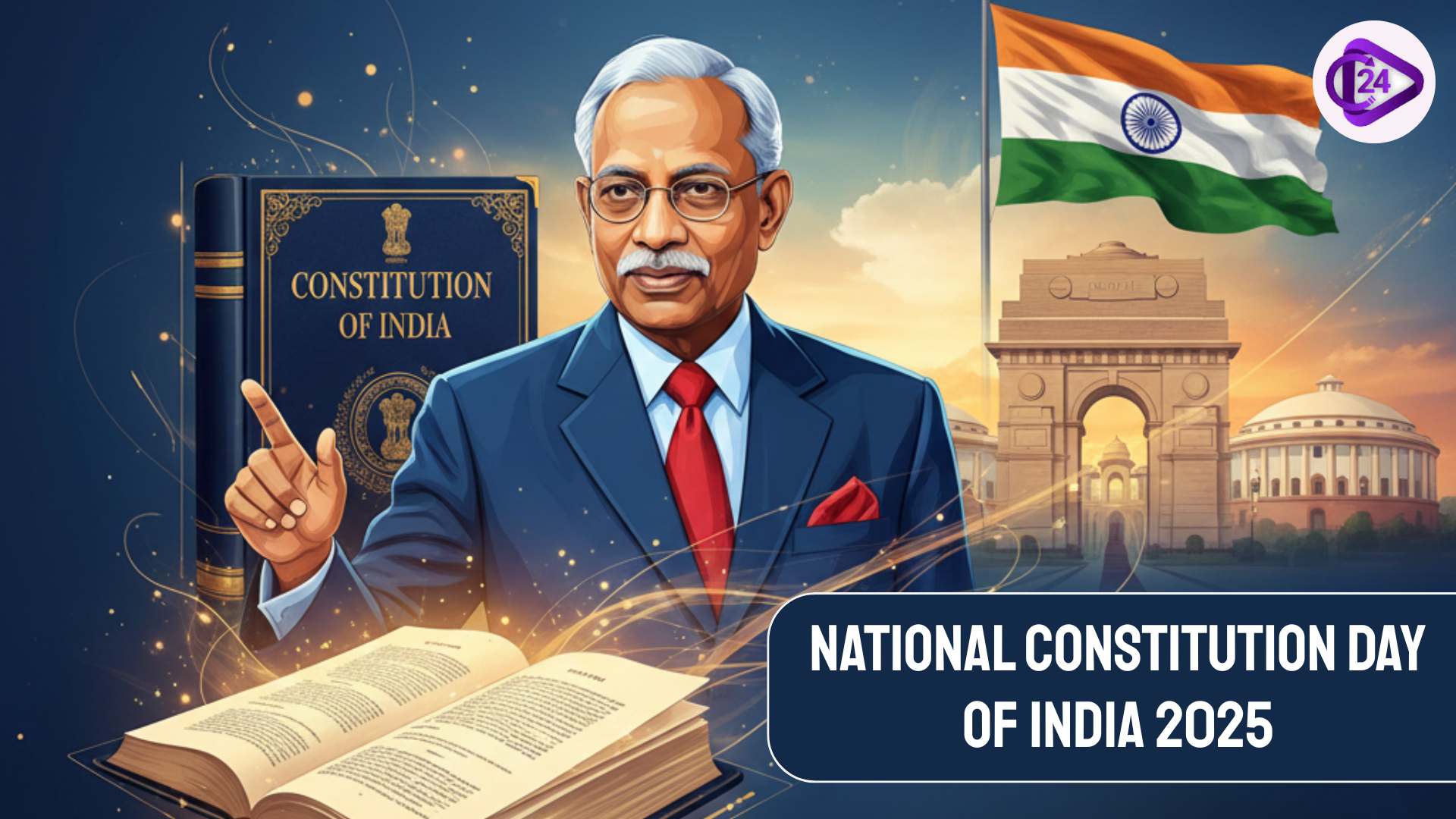 Constitution Day of India 2025: History, Meaning and Timeline Explained
Constitution Day of India 2025: History, Meaning and Timeline Explained India Launches ₹7,280 Crore Initiative to Develop Rare Earth Magnet Manufacturing
India Launches ₹7,280 Crore Initiative to Develop Rare Earth Magnet Manufacturing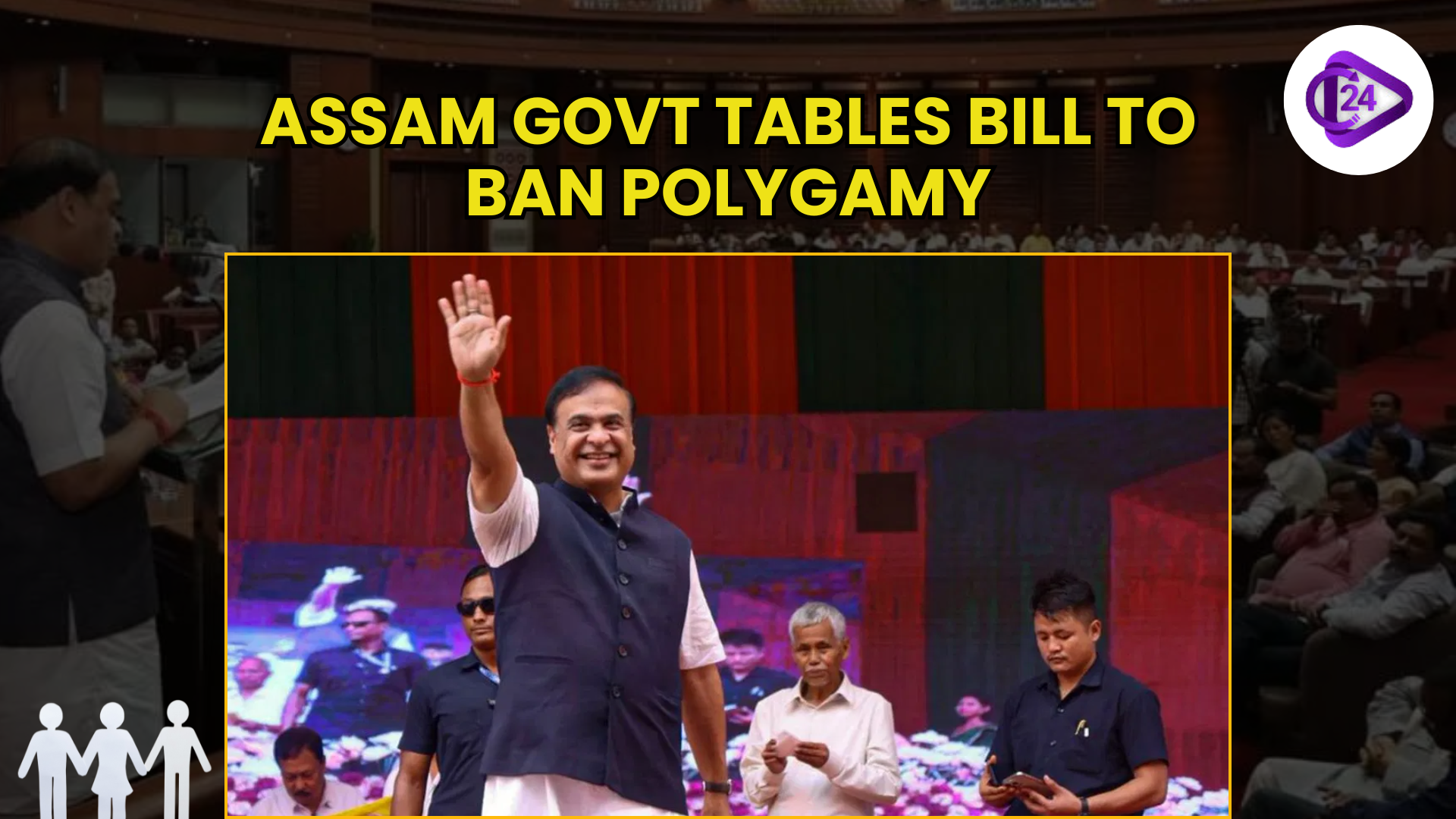 Assam Government Introduces Bill to Ban Polygamy with Strict Penalties
Assam Government Introduces Bill to Ban Polygamy with Strict Penalties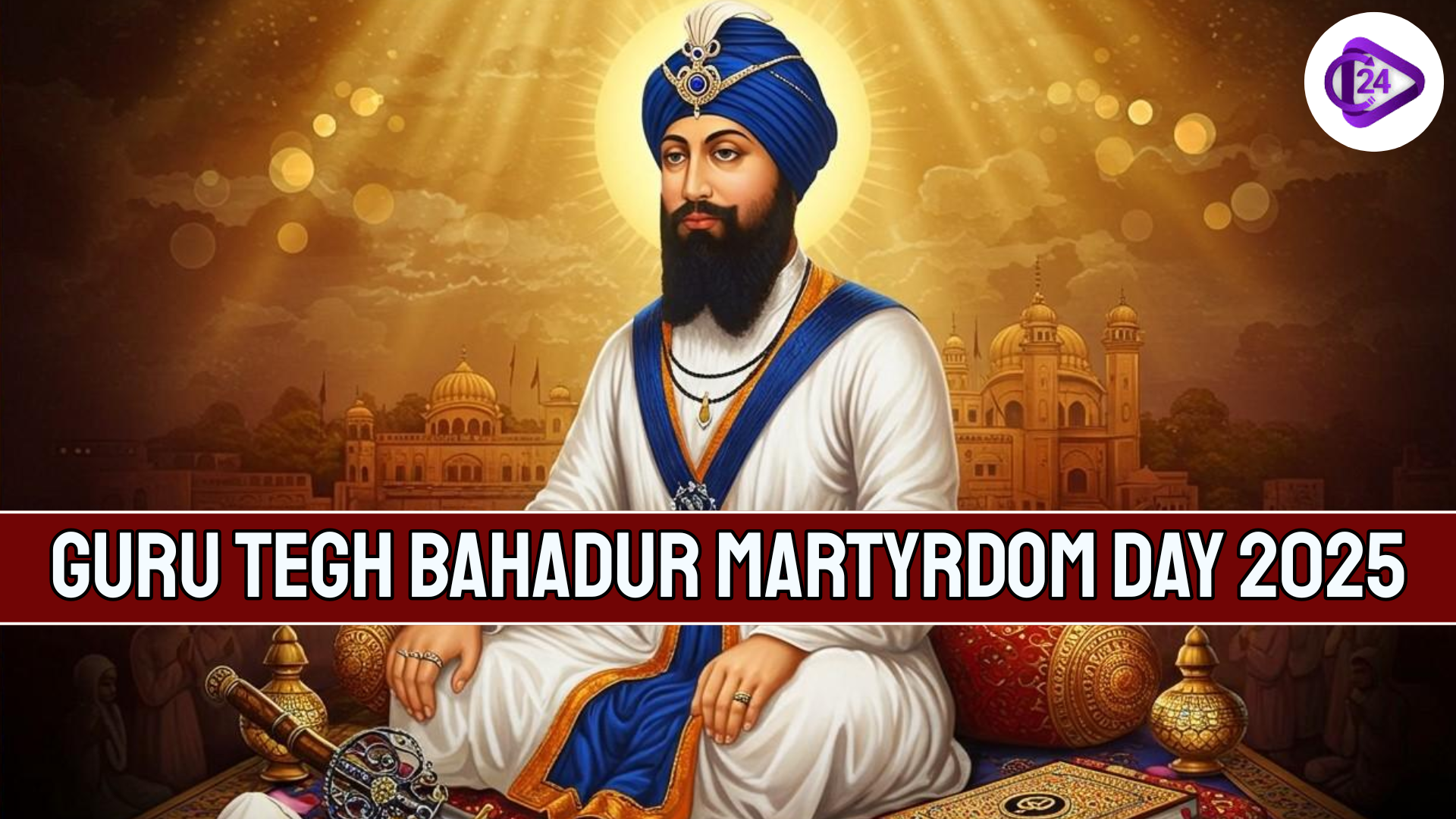 Guru Tegh Bahadur Martyrdom Day 2025 A Tribute to Courage and Spiritual Strength
Guru Tegh Bahadur Martyrdom Day 2025 A Tribute to Courage and Spiritual Strength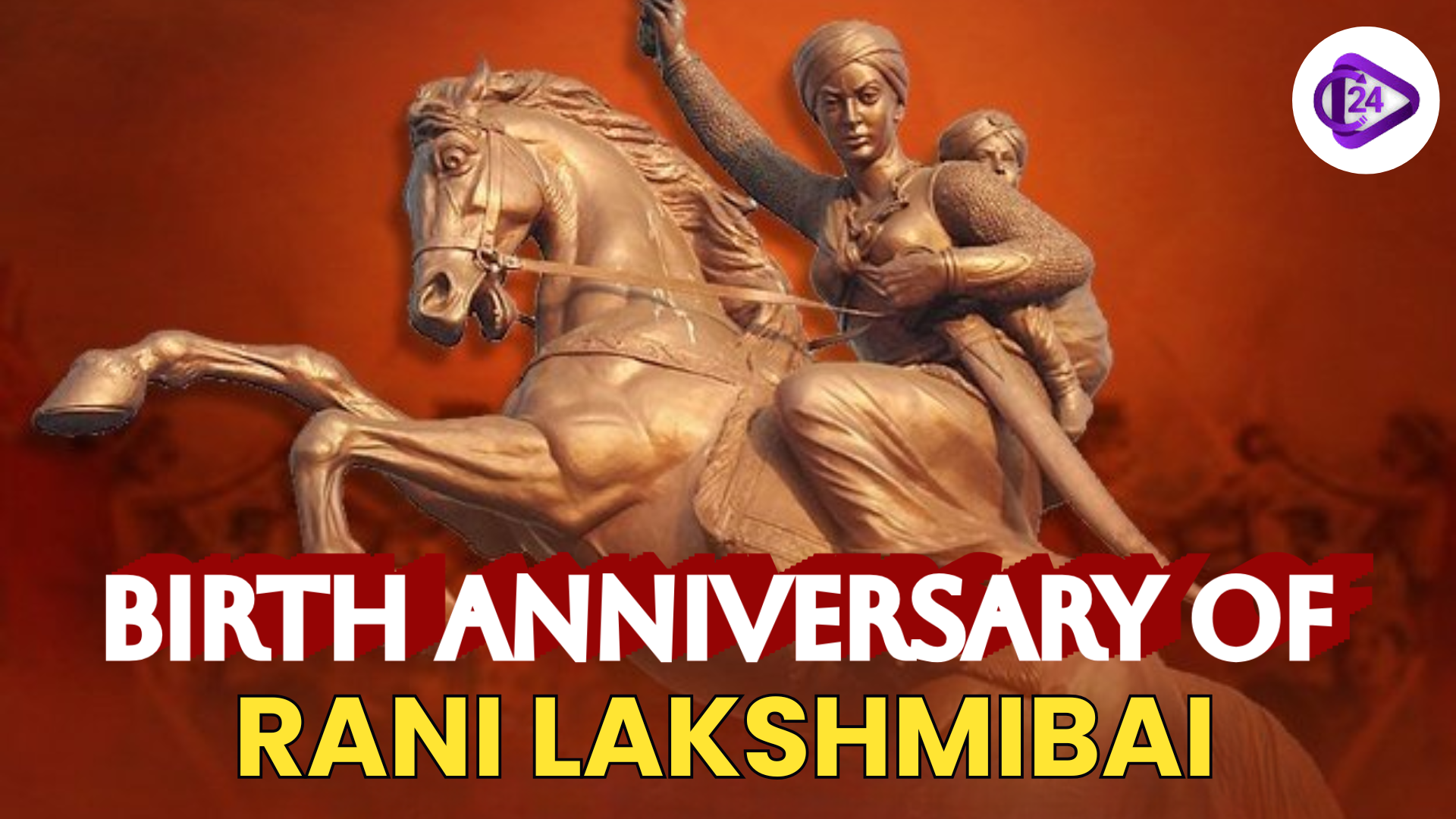 India Pays Tribute to the Birth Anniversary of Rani Lakshmibai
India Pays Tribute to the Birth Anniversary of Rani Lakshmibai Kinnaur’s Raulane Festival Celebrates Nature’s Mystical Guardians
Kinnaur’s Raulane Festival Celebrates Nature’s Mystical Guardians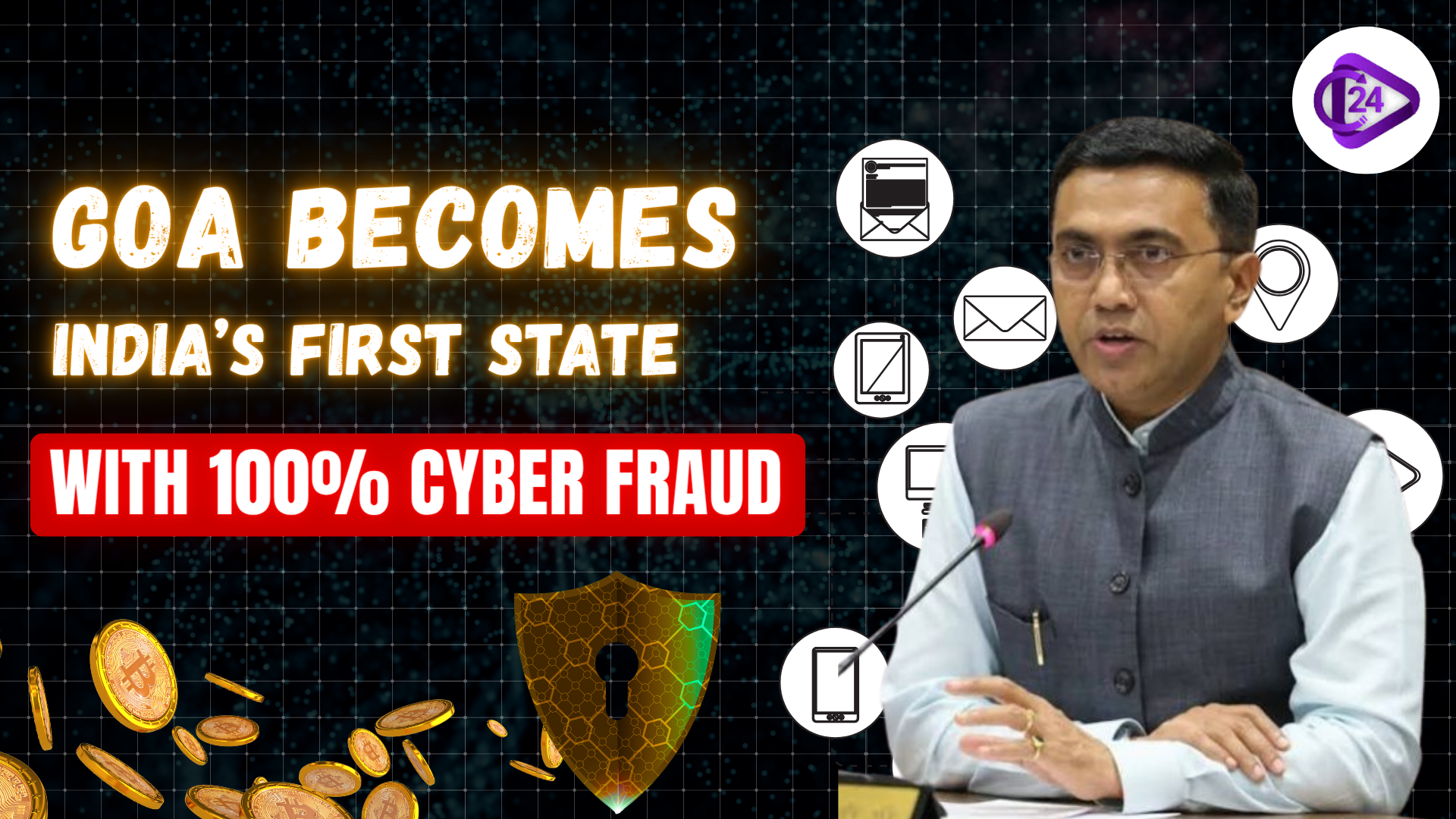 Goa Becomes India’s Leader in Complete Cyber Fraud Response
Goa Becomes India’s Leader in Complete Cyber Fraud Response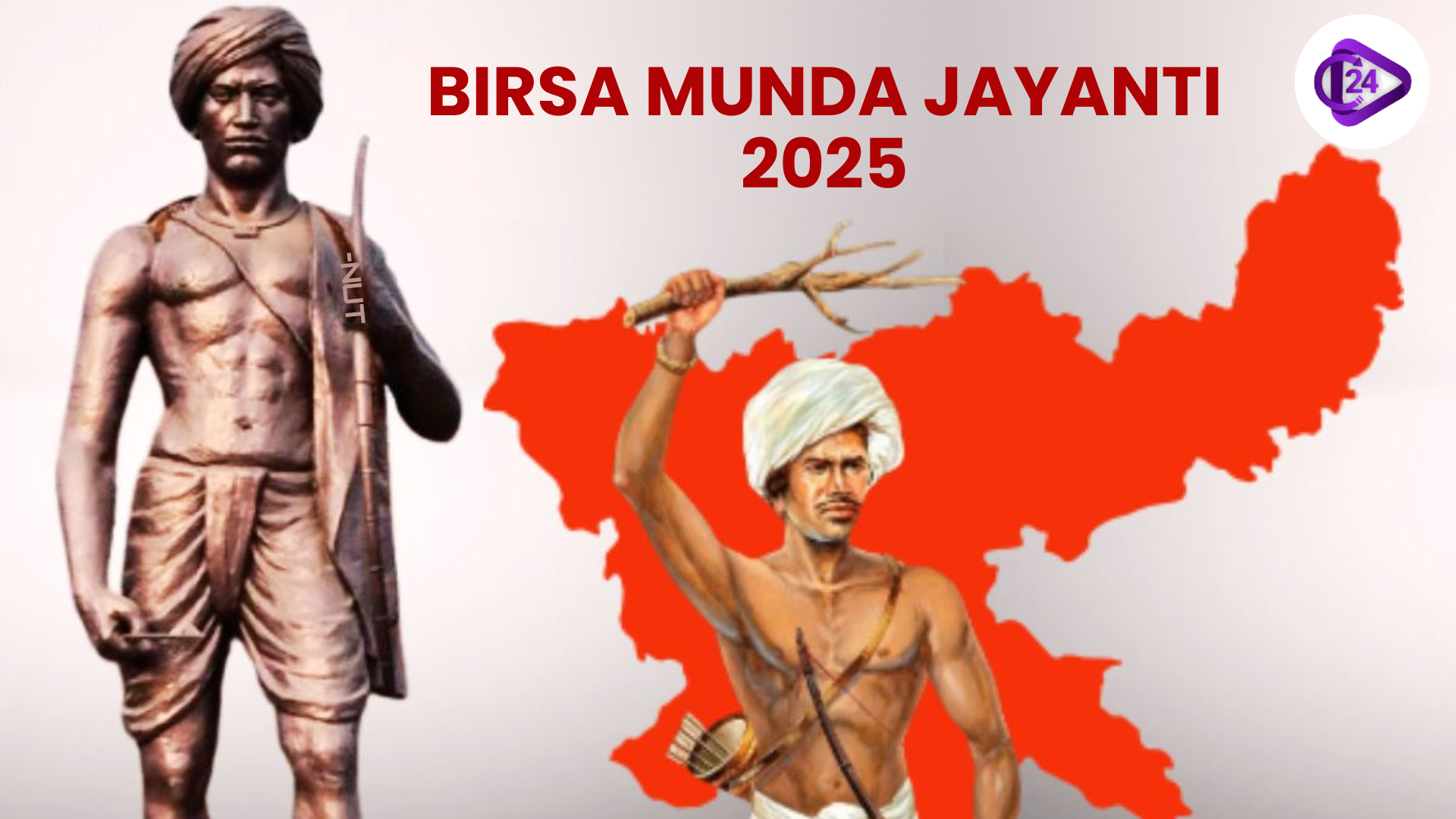 Janjatiya Gaurav Diwas Marks Tribute to Birsa Munda and Tribal Freedom Fighters
Janjatiya Gaurav Diwas Marks Tribute to Birsa Munda and Tribal Freedom Fighters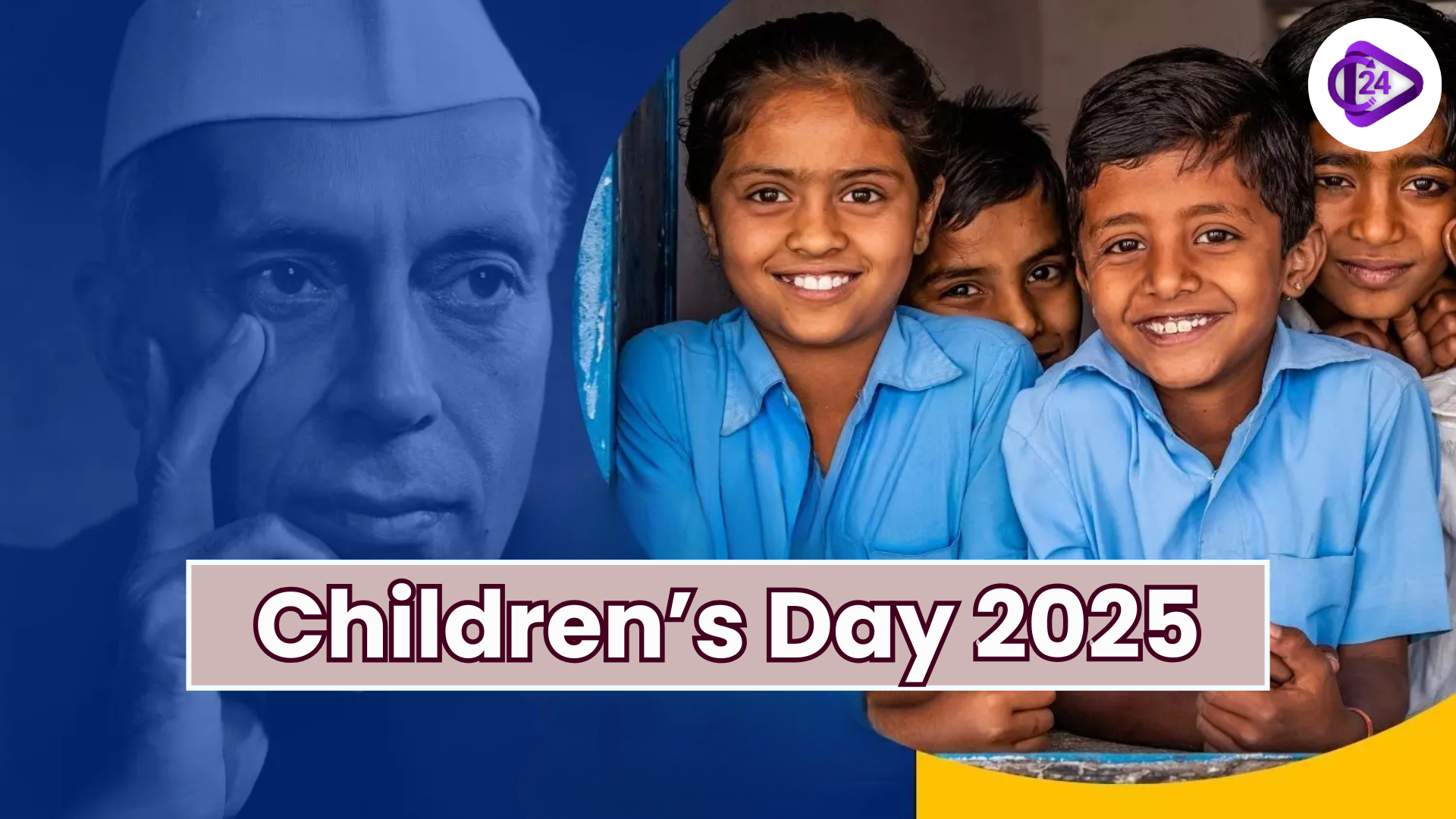 Nehru’s Timeless Words Inspiring Every Child on Children’s Day 2025
Nehru’s Timeless Words Inspiring Every Child on Children’s Day 2025



